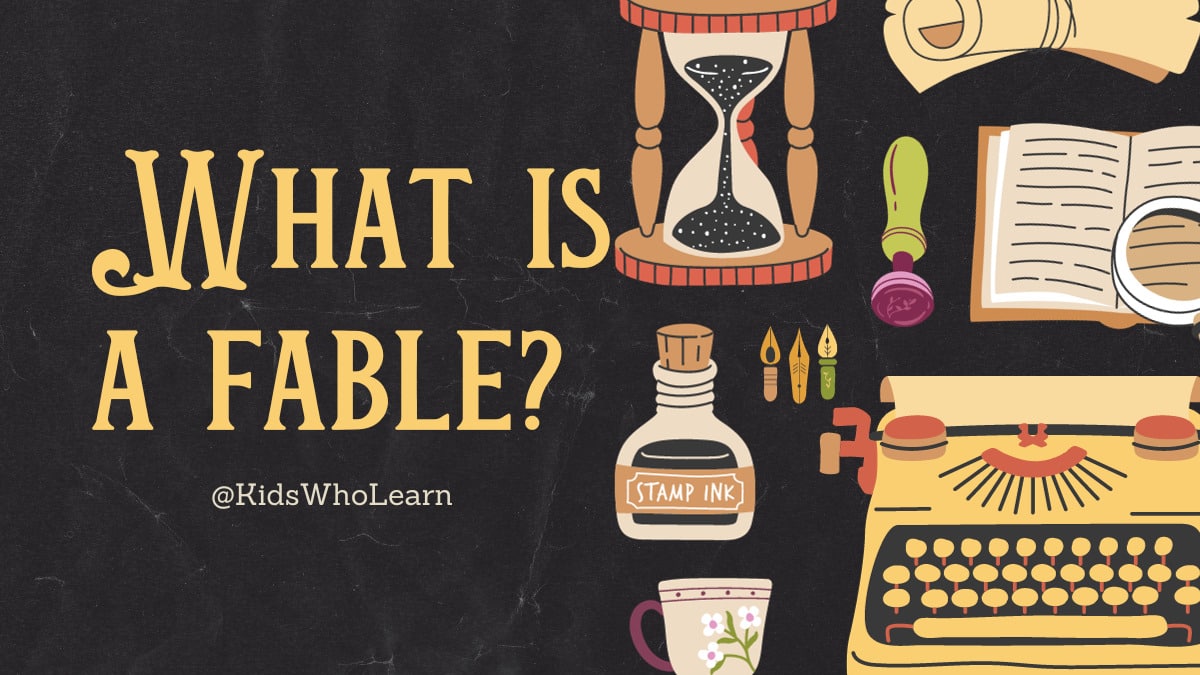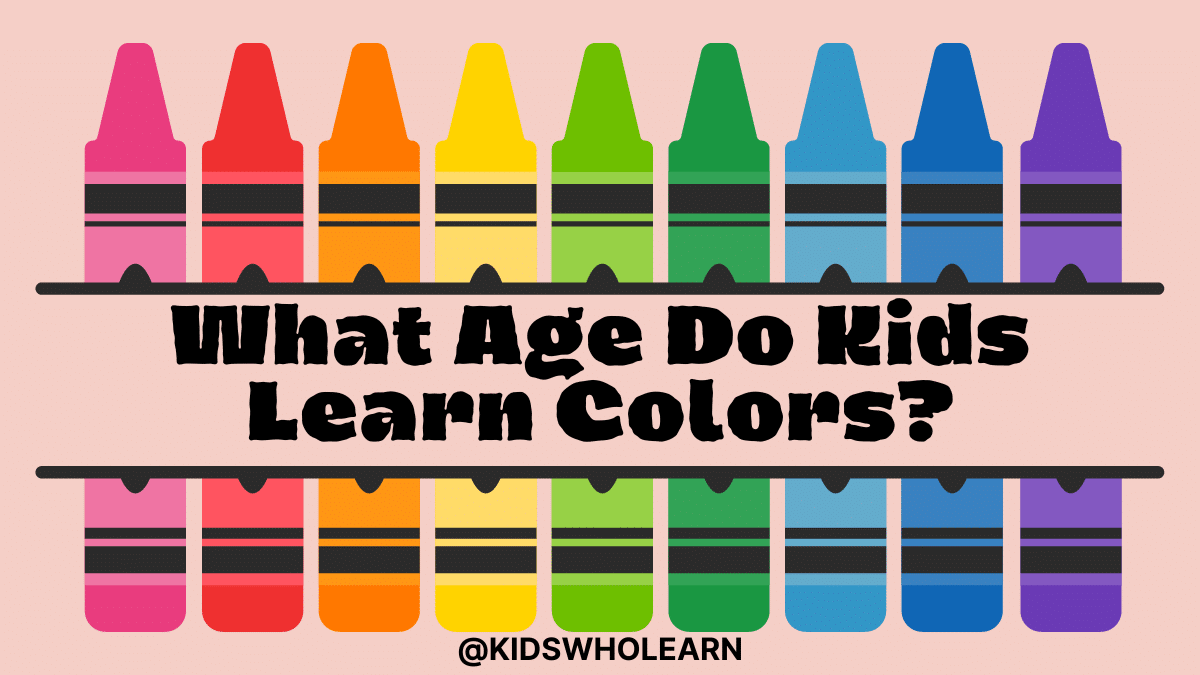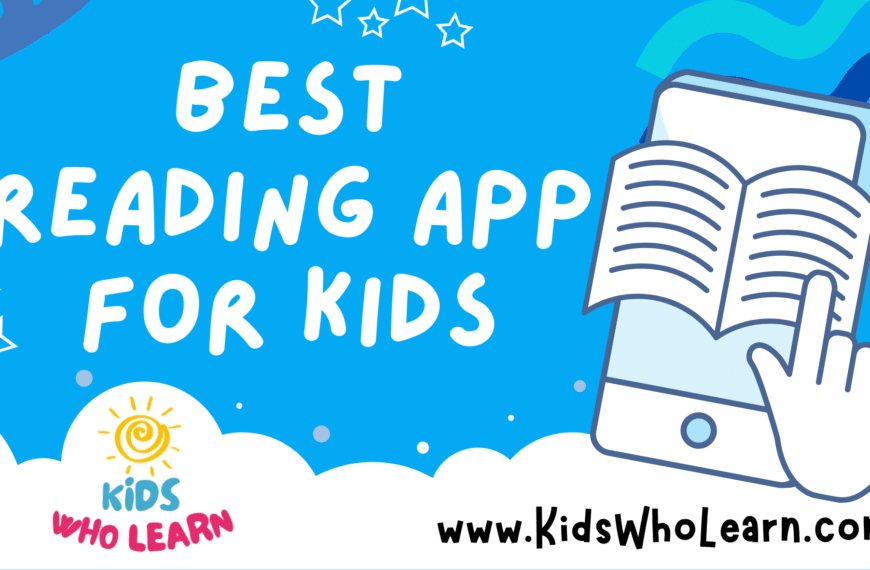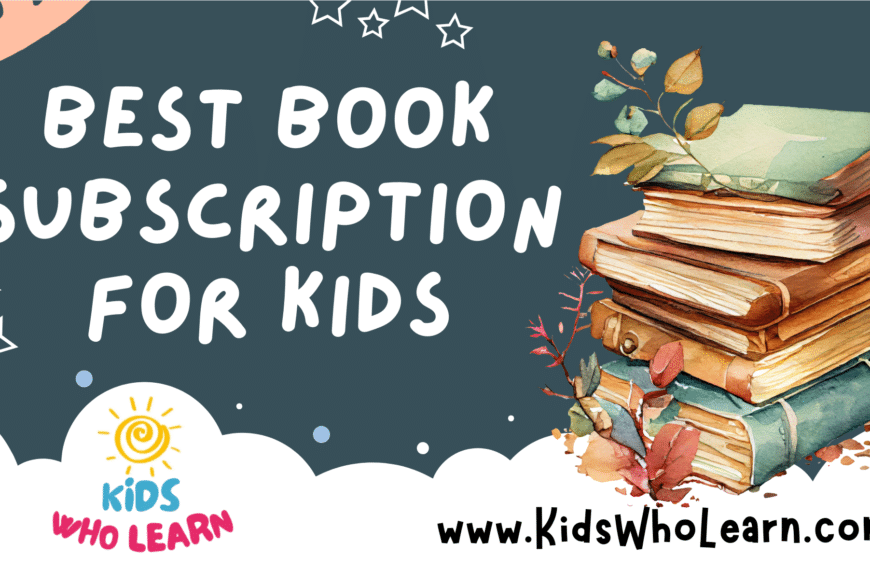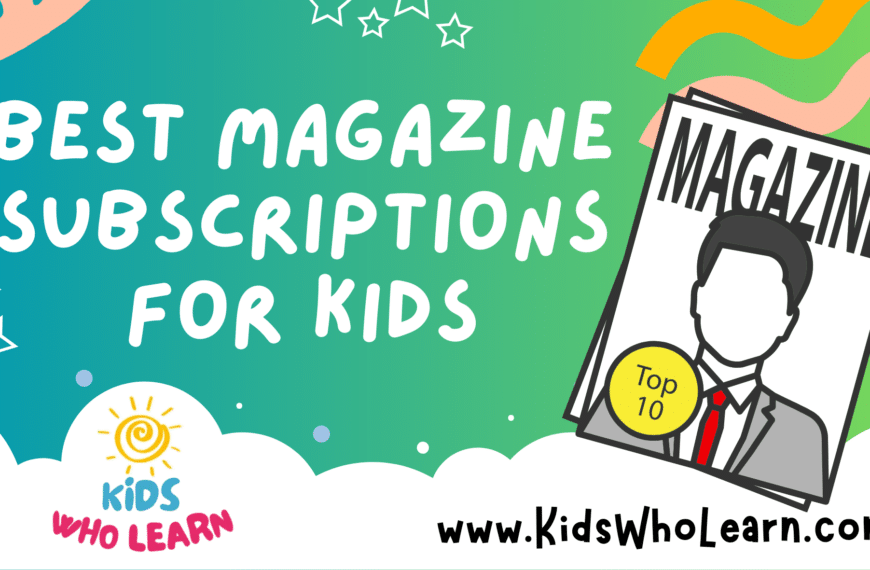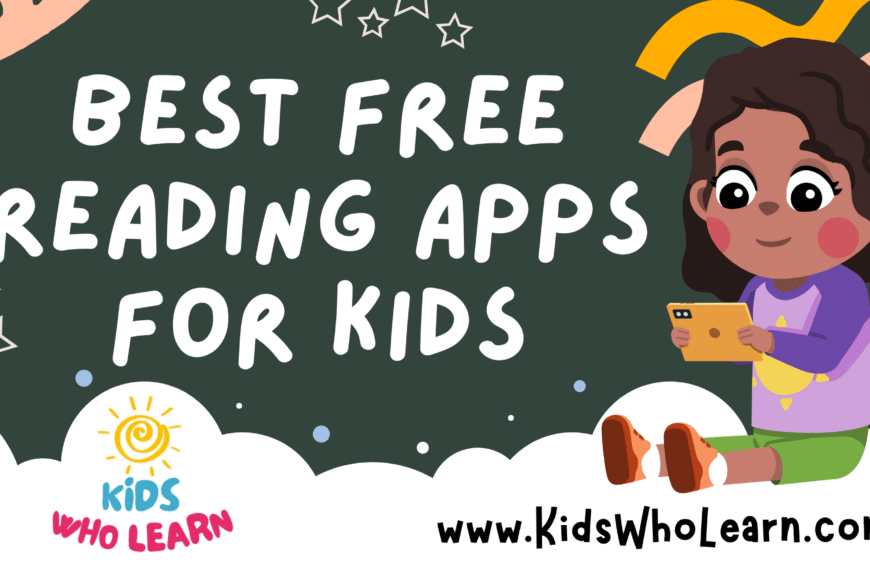If you’re a parent or teacher looking for ways to teach children important life lessons, you might want to consider using fables. A fable is a short story that typically features animals or inanimate objects as characters and is designed to teach a moral or lesson. Fables have been used for centuries to teach children important values, such as honesty, kindness, and perseverance.
Understanding fables is important because they can help children learn valuable lessons in an engaging and entertaining way. Fables are often used to teach children about important values and morals that they can apply to their own lives. By introducing children to fables, you can help them develop critical thinking skills and encourage them to think about the world around them in a new way.
Key Takeaways
- Fables are short stories designed to teach a moral or lesson.
- Fables have been used for centuries to teach children important values.
- By introducing children to fables, you can help them develop critical thinking skills and encourage them to think about the world around them in a new way.
Understanding Fables
Fables are short stories that usually feature animals as characters. They often have a moral or lesson that the reader can learn. Fables have been around for thousands of years and have been told in many different cultures around the world.
Fables are often used to teach children important values and lessons. They can be a fun way to introduce children to complex ideas and to help them understand the consequences of their actions.
One of the most famous fables is “The Tortoise and the Hare.” In this story, the slow and steady tortoise wins a race against the fast but overconfident hare. The moral of the story is that hard work and determination can overcome natural talent.
Another popular fable is “The Ant and the Grasshopper.” In this story, the hardworking ant spends the summer gathering food while the lazy grasshopper plays and sings. When winter comes, the ant is prepared while the grasshopper suffers. The moral of the story is that hard work and preparation are important.
Fables often use animals as characters because they are relatable to children. Children can understand the personalities and behaviors of animals and apply the lessons to their own lives.
In conclusion, fables are short stories with a moral or lesson that often feature animals as characters. They are a fun and effective way to teach children important values and lessons.
Characteristics of a Fable
Fables are short stories that teach moral lessons through the use of animal characters. They are a popular form of storytelling for kids because they are easy to understand and remember. Here are some of the key characteristics of a fable:
Moral Lessons
One of the most important aspects of a fable is that it teaches a moral lesson. This lesson is usually stated explicitly at the end of the story, and it is meant to help the reader understand the consequences of certain actions. Some common moral lessons in fables include the importance of honesty, the dangers of greed, and the value of hard work.
Animal Characters
Another key characteristic of a fable is the use of animal characters. These characters are often anthropomorphized, meaning they are given human-like qualities such as the ability to speak and reason. By using animals instead of humans, fables are able to impart moral lessons in a way that is less confrontational and more engaging for kids.
Simple Language and Plot
Fables are typically written in a simple language that is easy for kids to understand. The plot is also straightforward, with a clear beginning, middle, and end. This simplicity allows kids to focus on the moral lesson without getting bogged down in complex language or convoluted plotlines.
In summary, fables are short stories that teach moral lessons through the use of animal characters, simple language, and a straightforward plot. By understanding these key characteristics, you can better appreciate and enjoy the timeless wisdom of these classic tales.
The Purpose of Fables for Kids
Fables are stories that often feature animals as the main characters and teach a moral lesson. They have been used for centuries to teach children important values and life lessons. Here are some of the main purposes of fables for kids:
1. Teach Morals and Values
The main purpose of fables is to teach children important morals and values. Fables often feature animals that have human-like qualities and exhibit certain behaviors that are meant to teach children about right and wrong. For example, the fable of “The Tortoise and the Hare” teaches children the value of persistence and hard work.
2. Develop Critical Thinking Skills
Fables also help children develop critical thinking skills. Children are encouraged to think about the story and the characters and to draw their own conclusions about the moral of the story. This helps children develop their analytical and problem-solving skills.
3. Encourage Reading and Learning
Fables are often used as a tool to encourage children to read and learn. They are short, easy to read, and often have engaging characters and storylines that capture children’s attention. Fables can also be used as a starting point for further learning about animals, nature, and other topics.
4. Promote Imagination and Creativity
Finally, fables can promote imagination and creativity in children. Children are encouraged to use their imaginations to picture the characters and settings in the story. They can also use their creativity to come up with their own fables and stories.
In summary, fables are an important tool for teaching children important values and life lessons, developing critical thinking skills, encouraging reading and learning, and promoting imagination and creativity.
Examples of Popular Fables
Fables have been around for centuries and have been passed down from generation to generation. Here are some examples of popular fables that you might be familiar with:
The Tortoise and the Hare
This is a classic fable that teaches the lesson of slow and steady wins the race. In this story, the hare is overconfident in his speed and takes a nap during the race, allowing the tortoise to win.
The Ant and the Grasshopper
This fable teaches the lesson of hard work and preparation. The ant spends the summer gathering food while the grasshopper plays and enjoys the sunshine. When winter comes, the ant is prepared while the grasshopper is left hungry and cold.
The Boy Who Cried Wolf
This fable teaches the lesson of honesty. The boy in the story repeatedly lies about a wolf attacking his sheep, causing the villagers to come to his aid. When a real wolf attacks, the boy’s cries for help are ignored.
The Lion and the Mouse
This fable teaches the lesson of kindness and the idea that even the smallest creature can help someone in need. In this story, a mouse saves a lion from a hunter’s trap, and the lion later returns the favor by sparing the mouse’s life.
The Fox and the Grapes
This fable teaches the lesson of sour grapes, or the idea of criticizing something that you cannot have. In this story, a fox tries to reach a bunch of grapes but cannot. He then convinces himself that the grapes are probably sour anyway, to make himself feel better.
These are just a few examples of popular fables that have been passed down through the generations. Each one teaches a valuable lesson that can be applied to our everyday lives.
How to Use Fables for Kids’ Learning
Fables can be a great tool for teaching kids important lessons in a fun and engaging way. Here are some tips on how to use fables for kids’ learning:
1. Choose age-appropriate fables
When selecting fables to share with kids, it’s important to choose stories that are appropriate for their age and understanding level. Younger children may enjoy simple fables with clear morals, while older children may be ready for more complex stories with multiple lessons.
2. Discuss the moral of the story
After reading a fable, take some time to discuss the moral of the story with your child. Ask them what they think the story was trying to teach and how they can apply that lesson in their own life.
3. Encourage critical thinking
Fables often have hidden meanings and messages that can be interpreted in different ways. Encourage your child to think critically about the story and come up with their own interpretations and lessons.
4. Use fables as a starting point for further learning
Fables can be a great starting point for further learning and exploration. Use them as a jumping-off point for discussions about history, culture, and literature.
5. Make it fun
Above all, make learning with fables fun and engaging. Use props, costumes, and other interactive elements to bring the story to life and keep your child interested and engaged.
Frequently Asked Questions
What is the meaning of a fable and how does it differ from other types of stories?
A fable is a type of story that typically features animals or other non-human characters who speak and act like humans. Fables are often used to teach a moral or lesson, and they usually have a clear moral at the end. Unlike other types of stories, fables are usually short and to the point, with a simple plot that is easy to follow.
What are some popular examples of fables that are appropriate for children?
Some popular examples of fables that are appropriate for children include “The Tortoise and the Hare,” “The Ant and the Grasshopper,” and “The Boy Who Cried Wolf.” These fables are well-known for their simple yet powerful messages, and they are often used in classrooms and homes to teach important lessons to kids.
How can fables be used to teach important lessons to kids?
Fables can be used to teach important lessons to kids by presenting them with relatable characters and situations that they can easily understand. By using animals or other non-human characters, fables can help kids see the world in a new and different way, and they can help them learn important values like honesty, hard work, and perseverance.
What are the key elements of a fable and how do they contribute to the story?
The key elements of a fable include a clear moral or lesson, relatable characters, and a simple plot that is easy to follow. These elements work together to create a story that is engaging and meaningful for kids, and they help to reinforce important values and lessons that kids can carry with them throughout their lives.
Why are fables important for children’s literature and education?
Fables are important for children’s literature and education because they provide a fun and engaging way to teach important lessons and values to kids. By using relatable characters and simple stories, fables can help kids learn important life skills like problem-solving, critical thinking, and empathy.
What are some tips for creating your own fable that is engaging and meaningful for kids?
Some tips for creating your own fable that is engaging and meaningful for kids include choosing relatable characters, keeping the story simple and easy to follow, and focusing on a clear moral or lesson that kids can understand. It’s also important to use descriptive language and vivid imagery to help bring the story to life and make it more engaging for young readers.

